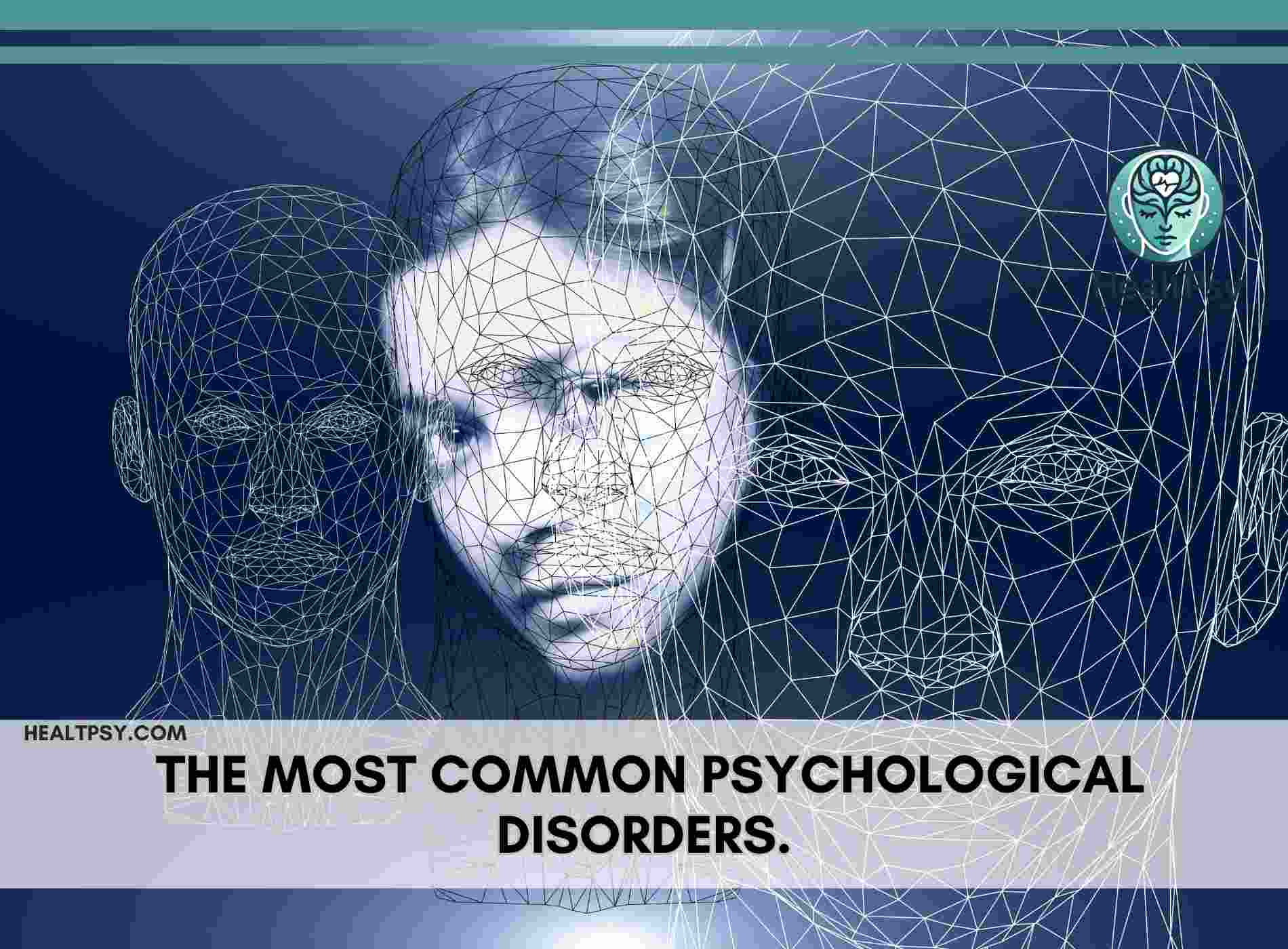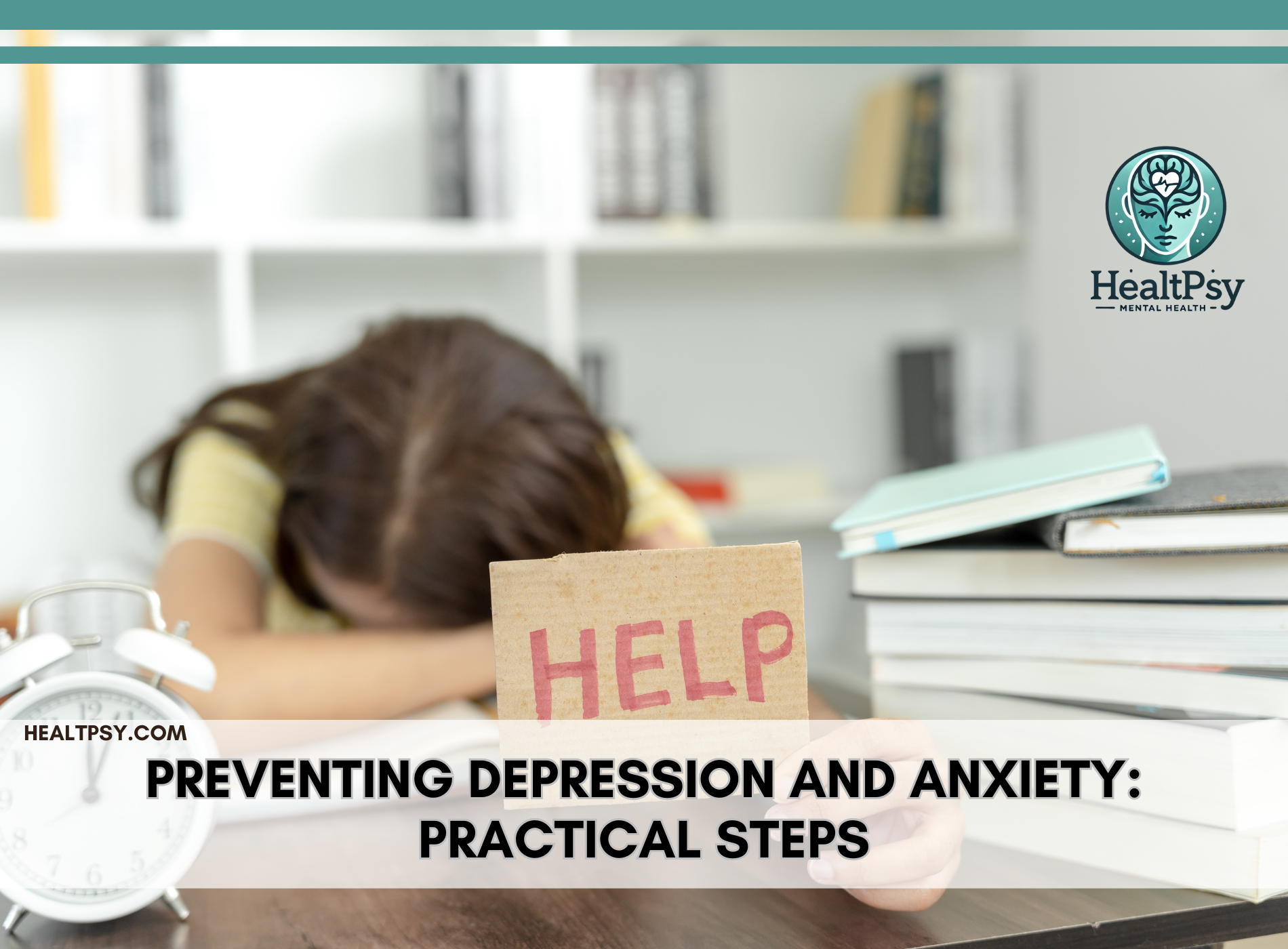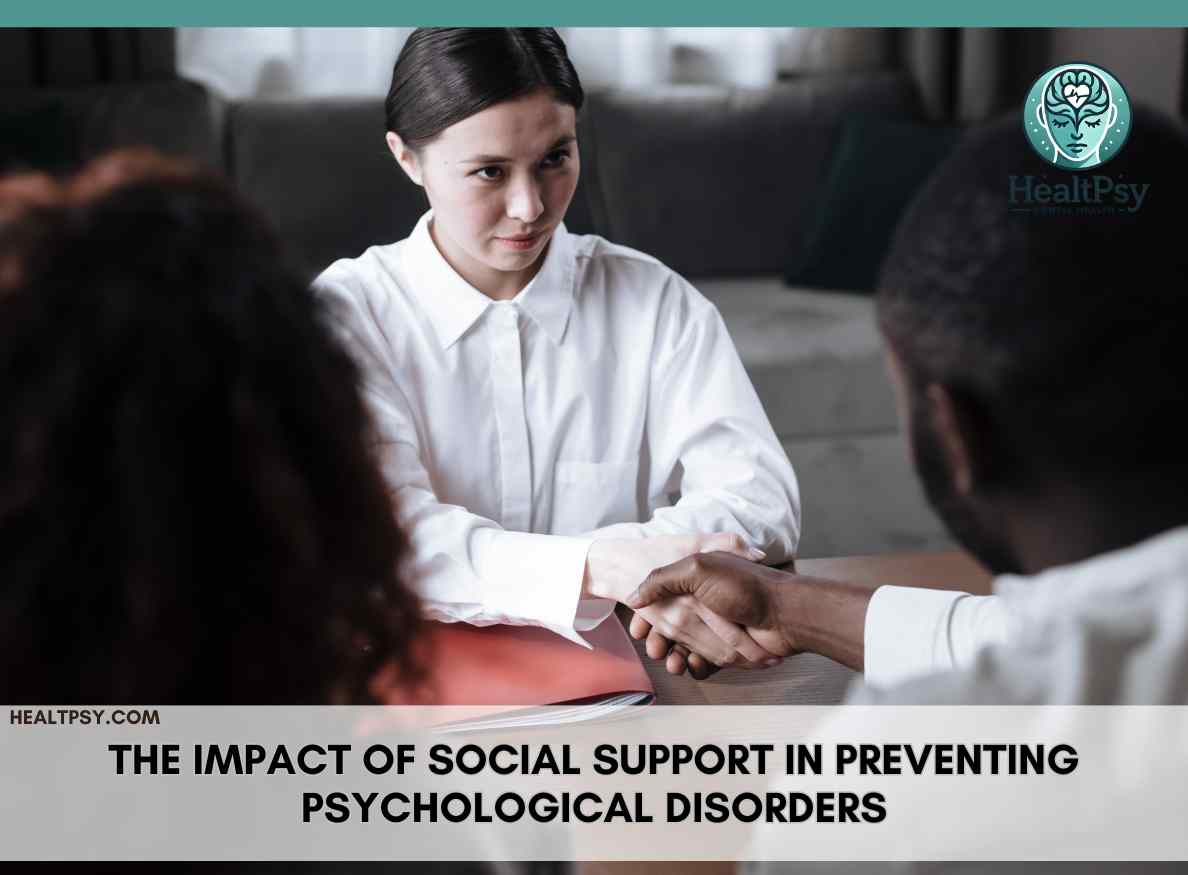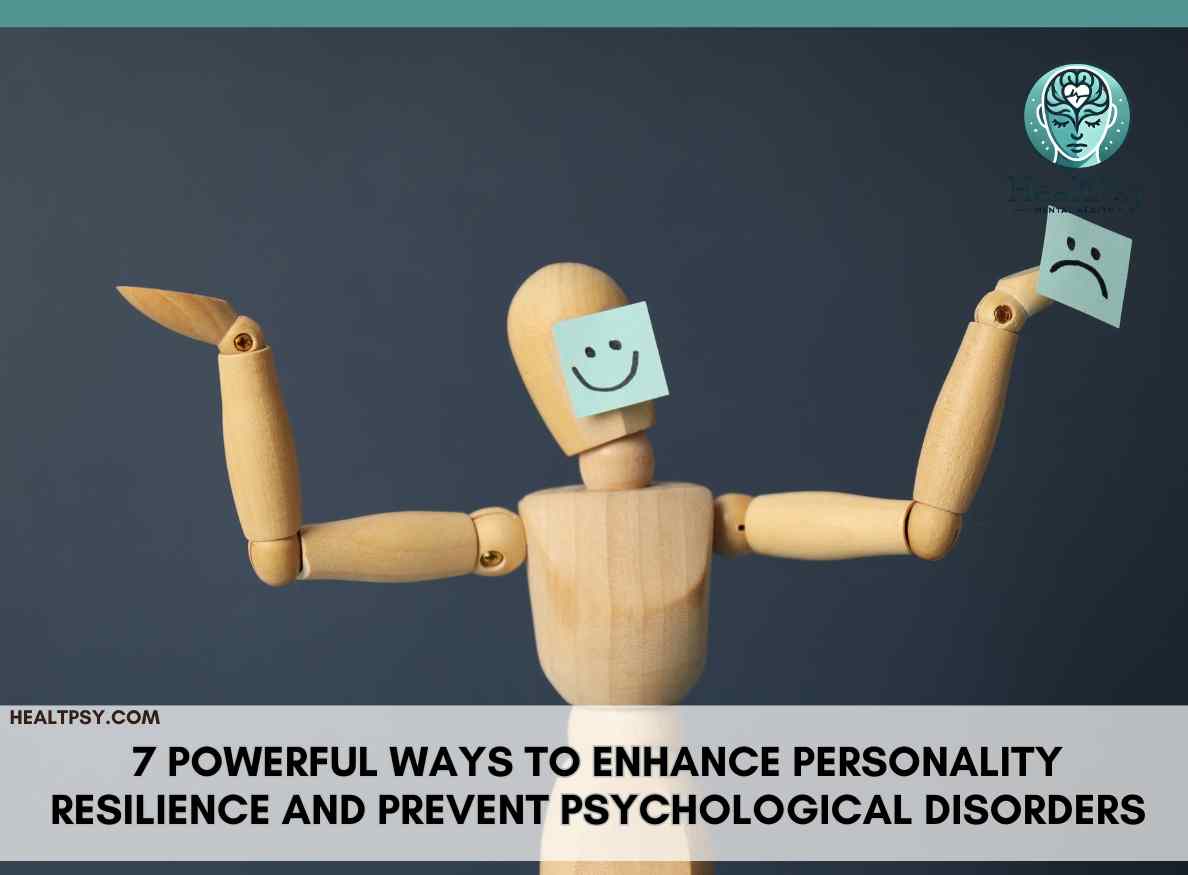The most common psychological disorders.
Introduction
1. Anxiety Disorders
Anxiety disorders are among the most common psychological conditions, characterized by excessive fear, worry, or nervousness. They include:
Generalized Anxiety Disorder (GAD)
- Symptoms: Persistent worry, restlessness, fatigue, and difficulty concentrating.
- Treatment: Cognitive-behavioral therapy (CBT), medications like SSRIs, and relaxation techniques.
Panic Disorder
- Symptoms: Sudden episodes of intense fear, heart palpitations, sweating, and shortness of breath.
- Treatment: Exposure therapy, medications, and lifestyle changes. her
Social Anxiety Disorder
- Symptoms: Intense fear of social situations, avoidance of social interactions, and physical symptoms like blushing or trembling.
- Treatment: Therapy, medications, and gradual exposure to social settings.
2. Depressive Disorders
Depressive disorders significantly impact mood and daily functioning. The most common types include:
Major Depressive Disorder (MDD)
- Symptoms: Persistent sadness, loss of interest in activities, fatigue, and thoughts of self-harm.
- Treatment: Antidepressant medications, psychotherapy, and lifestyle modifications.
Persistent Depressive Disorder (Dysthymia)
- Symptoms: Chronic low mood, poor appetite, low energy, and feelings of hopelessness lasting for at least two years.
- Treatment: Therapy, medications, and support groups.
3. Bipolar Disorder
Bipolar disorder is characterized by extreme mood swings ranging from manic highs to depressive lows.
- Symptoms: Periods of elevated mood, increased energy, and impulsive behavior followed by episodes of severe depression.
- Treatment: Mood stabilizers, psychotherapy, and lifestyle adjustments.
4. Post-Traumatic Stress Disorder (PTSD)
PTSD develops after experiencing or witnessing a traumatic event.
- Symptoms: Flashbacks, nightmares, avoidance of reminders of the trauma, and hypervigilance.
- Treatment: Trauma-focused therapy, EMDR (Eye Movement Desensitization and Reprocessing), and medications.
5. Obsessive-Compulsive Disorder (OCD)
OCD involves intrusive thoughts (obsessions) and repetitive behaviors (compulsions) aimed at reducing distress.
- Symptoms: Uncontrollable thoughts, excessive cleaning, checking behaviors, and rituals.
- Treatment: Exposure and response prevention therapy (ERP), medications, and mindfulness techniques.
6. Schizophrenia Spectrum Disorders
Schizophrenia is a severe mental health condition affecting perception, thought processes, and behavior.
- Symptoms: Delusions, hallucinations, disorganized thinking, and social withdrawal.
- Treatment: Antipsychotic medications, psychosocial therapy, and vocational training.
7. Eating Disorders
Eating disorders involve unhealthy relationships with food and body image. Common types include:
Anorexia Nervosa
- Symptoms: Extreme restriction of food intake, intense fear of gaining weight, and distorted body image.
- Treatment: Nutritional counseling, therapy, and medical monitoring.
Bulimia Nervosa
- Symptoms: Episodes of binge eating followed by purging through vomiting or excessive exercise.
- Treatment: CBT, dietary guidance, and support groups.
Binge-Eating Disorder
- Symptoms: Recurrent episodes of eating large amounts of food without purging, leading to feelings of guilt and distress.
- Treatment: Therapy, medication, and structured meal plans.
Importance of Early Intervention
Early recognition and treatment of psychological disorders can prevent worsening symptoms and improve quality of life. Key steps include:
- Raising Awareness: Educating the public about mental health and available resources.
- Encouraging Help-Seeking: Reducing stigma and promoting access to professional care.
- Providing Support: Offering emotional and practical support to individuals and their families.
Conclusion
Understanding the most common psychological disorders is essential for fostering empathy, reducing stigma, and promoting mental well-being. By recognizing symptoms and seeking timely intervention, individuals can lead fulfilling lives despite their mental health challenges. This knowledge also empowers communities to provide better support systems and create inclusive environments for those affected. Continued efforts in education, research, and accessibility to care are crucial for improving mental health outcomes globally, ensuring everyone has the opportunity to thrive regardless of their circumstances.
psychological disorders, psychological disorders, psychological disorders,
Resources
you might also like





